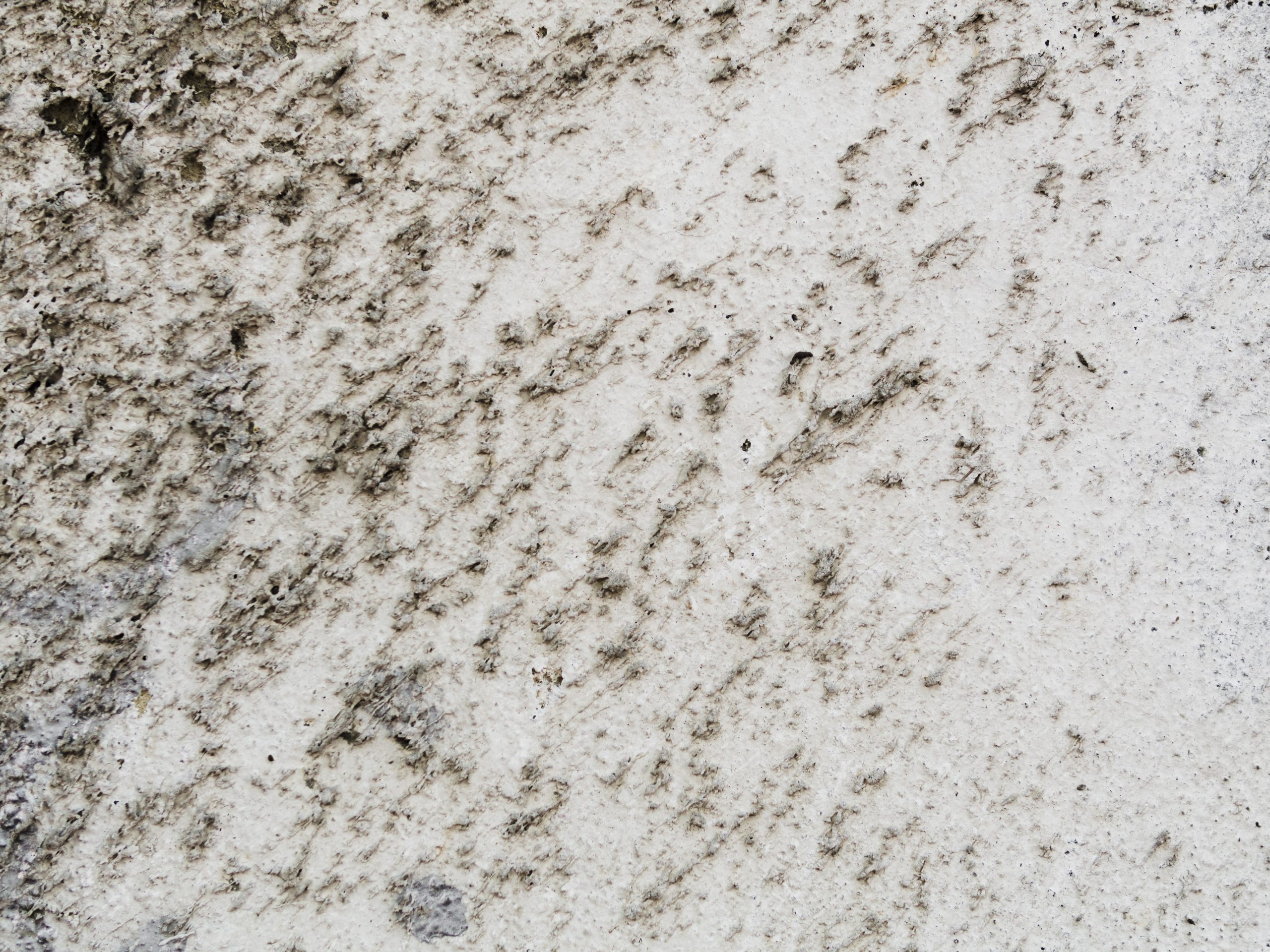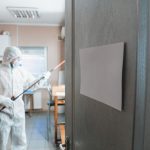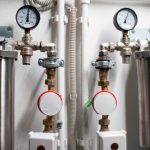Our Address:
Humidity is a breeding ground for mold, and in office spaces, this can lead to serious health, structural, and operational issues. Mold thrives in damp areas, and without proper prevention, it can spread quickly, compromising air quality and employee health. Preventing mold in humid office environments requires a proactive approach to control moisture and ensure the space remains dry and well-ventilated.
At CIS Solutions, we specialize in mold prevention and remediation for commercial properties, helping businesses maintain safe, mold-free environments. Here’s how you can prevent mold growth in your office, even in humid conditions.
Control Humidity Levels
Maintaining appropriate indoor humidity levels is the first and most important step in preventing mold growth. Mold typically grows when humidity levels exceed 60%, with the optimal range being between 30% and 50%. In offices located in humid regions, maintaining these levels can be a challenge, especially during the summer months.
How to Control Humidity:
- Use Dehumidifiers: Installing dehumidifiers in areas prone to high humidity can help maintain optimal moisture levels. Bathrooms, kitchens, basements, and storage rooms are common places where dehumidifiers are necessary.
- Air Conditioning: A well-maintained air conditioning system helps keep humidity under control by cooling and drying the air. Make sure the system is working efficiently and is serviced regularly.
- Monitor Humidity: Install humidity sensors throughout the office to keep track of moisture levels in real time. This allows you to take action before conditions become conducive to mold growth.
Key Tip: Offices located in naturally humid areas may need to invest in additional HVAC upgrades to ensure consistent moisture control.
Fix Water Leaks Immediately
Water leaks, whether from plumbing issues, roof damage, or faulty appliances, can lead to the perfect conditions for mold growth. Even small leaks, if left unaddressed, can result in mold developing behind walls or under floors, where it can remain hidden for long periods before being discovered.
Key Areas to Monitor for Leaks:
- Roof and Ceiling: Water damage from leaks in roofing can go unnoticed, allowing moisture to accumulate in ceilings, walls, and insulation.
- Plumbing: Leaks in pipes, especially in bathrooms, kitchens, and under sinks, are common sources of moisture that can encourage mold growth.
- Windows: Improperly sealed windows can allow condensation and water to seep into the walls, leading to mold issues.
- HVAC Systems: Water condensation in HVAC ducts or around air conditioning units can also be a mold risk, so regularly inspect these areas for signs of moisture.
At CIS Solutions, we recommend regular inspections of plumbing, roofing, and HVAC systems to detect and repair leaks early. Preventative maintenance is key to avoiding long-term mold issues caused by excess moisture.
Ensure Proper Ventilation
Poor ventilation can trap moisture in certain areas of your office, creating a perfect environment for mold to thrive. Bathrooms, kitchens, and other high-moisture areas should have adequate ventilation systems in place to expel moist air.
Tips for Improving Ventilation:
- Install Exhaust Fans: Ensure that bathrooms, kitchens, and break rooms are equipped with exhaust fans to help remove humid air. These fans should be vented outside to prevent recirculation of moist air into the building.
- Use Air Circulators: For rooms without sufficient airflow, use portable fans or ceiling fans to help circulate air and reduce moisture buildup.
- Open Windows: When weather permits, opening windows can help ventilate the space and allow for better airflow, reducing humidity in the office.
Proper ventilation is especially important in basement offices, where mold often grows due to poor air circulation and a tendency for moisture to accumulate in underground spaces.
Dry Wet Areas Immediately
Mold only needs 24-48 hours to begin growing in wet areas. Whether it’s a spilled drink, water from cleaning, or moisture from condensation, any wet surfaces should be dried as soon as possible to prevent mold from taking hold.
Areas to Keep Dry:
- Bathrooms: Ensure that sinks, countertops, and floors are wiped dry regularly, especially after heavy use.
- Entryways: Water tracked in from rain or snow can soak into carpets or flooring near doors. Use absorbent mats and encourage employees to dry their shoes before entering.
- Kitchens: Encourage staff to clean up spills immediately and make sure the kitchen area remains dry, especially around sinks and appliances.
At CIS Solutions, we recommend businesses implement cleaning protocols to ensure that all wet surfaces are dried promptly and properly to prevent moisture buildup.
Use Mold-Resistant Materials
If you’re renovating or making upgrades to your office space, consider using mold-resistant materials in areas that are prone to dampness. This is especially useful in bathrooms, basements, and kitchens, where moisture is more likely to accumulate.
Mold-Resistant Materials Include:
- Mold-Resistant Drywall: This type of drywall is designed to prevent moisture absorption, reducing the risk of mold growth behind walls.
- Mold-Resistant Paint: Certain paints contain mold inhibitors that prevent spores from settling and growing on walls and ceilings.
- Non-Porous Flooring: Carpet can absorb moisture and create a perfect environment for mold. Non-porous materials like tile, vinyl, or sealed concrete are better options for areas prone to moisture.
By using mold-resistant materials, you can help reduce the likelihood of mold developing, even in spaces with higher humidity.
Regular Mold Inspections
Even with preventative measures in place, it’s important to schedule regular mold inspections to ensure your office environment remains mold-free. Mold can grow in hidden areas, such as behind walls, under carpets, or inside HVAC ducts, making it difficult to detect without professional tools and expertise.
At CIS Solutions, we offer comprehensive mold inspections to identify problem areas before they become a larger issue. Our team uses advanced moisture detection tools and air quality tests to ensure your office environment is safe and free from mold.
Preventing mold growth in humid office environments requires a proactive approach that focuses on controlling moisture, improving ventilation, and conducting regular inspections. By taking these steps, you can protect your office from mold damage and maintain a safe, healthy workspace for employees.
At CIS Solutions, we provide expert mold prevention and remediation services tailored to the unique needs of commercial properties. Whether you need assistance with moisture control, mold removal, or regular inspections, we’re here to help ensure your office stays mold-free.
Contact CIS Solutions today for professional mold prevention services and keep your office environment safe and healthy.





